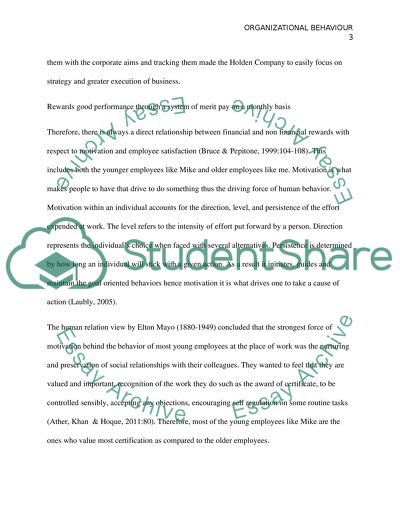Cite this document
(Organizational Behavior at the Workplace Assignment, n.d.)
Organizational Behavior at the Workplace Assignment. Retrieved from https://studentshare.org/human-resources/1624207-organisational-behavior
Organizational Behavior at the Workplace Assignment. Retrieved from https://studentshare.org/human-resources/1624207-organisational-behavior
(Organizational Behavior at the Workplace Assignment)
Organizational Behavior at the Workplace Assignment. https://studentshare.org/human-resources/1624207-organisational-behavior.
Organizational Behavior at the Workplace Assignment. https://studentshare.org/human-resources/1624207-organisational-behavior.
“Organizational Behavior at the Workplace Assignment”, n.d. https://studentshare.org/human-resources/1624207-organisational-behavior.


